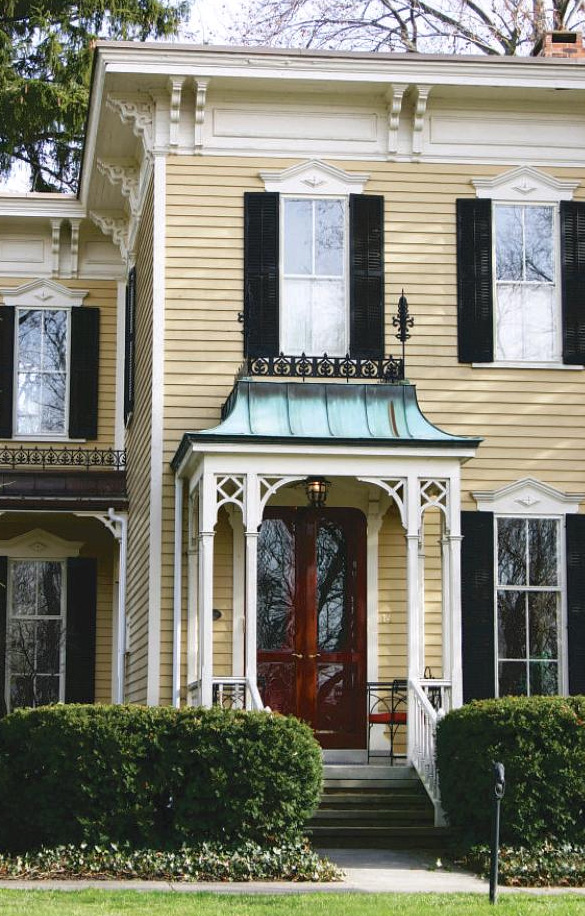Sun

Before making firm plans to put in a new kitchen or add the sunroom you have always dreamed of, it’s a good idea to take a close look at the condition of your home. It’s important to know if there are any underlying problems or repairs or replacements that need to be dealt with in the near future. With a clear picture of the condition of your home, you can budget for the short and the long term.
HERE IS WHAT YOU CAN TYPICALLY EXPECT TO FIND IN AN OLDER HOME:
– Wear and tear. Many items that suffer the most from normal wear and tear are not necessarily expensive to redo or replace, but can make a big difference to the appearance of your home, and your enjoyment of it-for instance paint, wallpaper, carpeting, floor finishes, exterior and interior trim, stairs and eaves.
– Components reach the end of their service life. Many of the products in your home have a defined lifespan. Careful maintenance may extend this somewhat, but sooner or later you need to replace them. For instance, after 15 to 20 years roof shingles may begin to curl, disintegrate and lose their ability to keep out moisture.
— Structural damage. Over time, cracks may appear in the foundation and brick siding, gaps may develop between the foundation and walls, or there may be other evidence of shifting and movement. As a result, your home may not be as comfortable, energy efficient or healthy as it could be, and if these problems are left unattended, further structural deterioration may occur, leading to more costly repairs.
– Moisture problems. Moisture can damage your home and your health. Water seepage around plumbing fixtures can destroy surrounding wood and finishes. Moisture trapped in the exterior walls and roof can cause structural deterioration and create cracks, bulges or stains in walls and ceilings. Condensation on windows can eventually rot wood frames and sills. Molds may grow in both visible and invisible places, and a damp basement may give the whole house a musty, unpleasant smell. Moisture problems should be identified and dealt with before or at the same time as your renovation; this will help to protect your home, improve the quality of the indoor air and ensure a healthier living environment for you and your family.
– Need to upgrade systems. The electrical system in your home may pre-date today’s equipment-intensive lifestyle and may not be adequate, or safe, for your needs. Your plumbing system may not give you enough hot water or steady pressure for your family’s showers and laundry. An older heating system may not deliver enough heat.
– Need to upgrade the energy efficiency. Improving the energy efficiency of your home can save you money and increase your living comfort-fewer drafts, fewer cold and hot spots, less fluctuation in temperature. From caulking to added insulation to better windows, there are many ways to upgrade the energy performance of an older home.
A good first step is to conduct your own inspection. Canada Mortgage and Housing Corporation has a range of information, including a Homeowner’s Inspection Checklist to assist homeowners in this task.
When you discuss plans with a professional renovator, you can expect a detailed assessment of your project-what’s involved, the impact on the whole house and the need to upgrade systems or the structure. The renovator will also advise on other work that may be needed.
Renovators may recommend the services of an EnerGuide for Houses advisor to assess the energy performance of your home and opportunities for upgrading. In the event of severe air quality and mold problems, they may suggest you hire an indoor air quality investigator.
© The Vancouver Sun 2008

